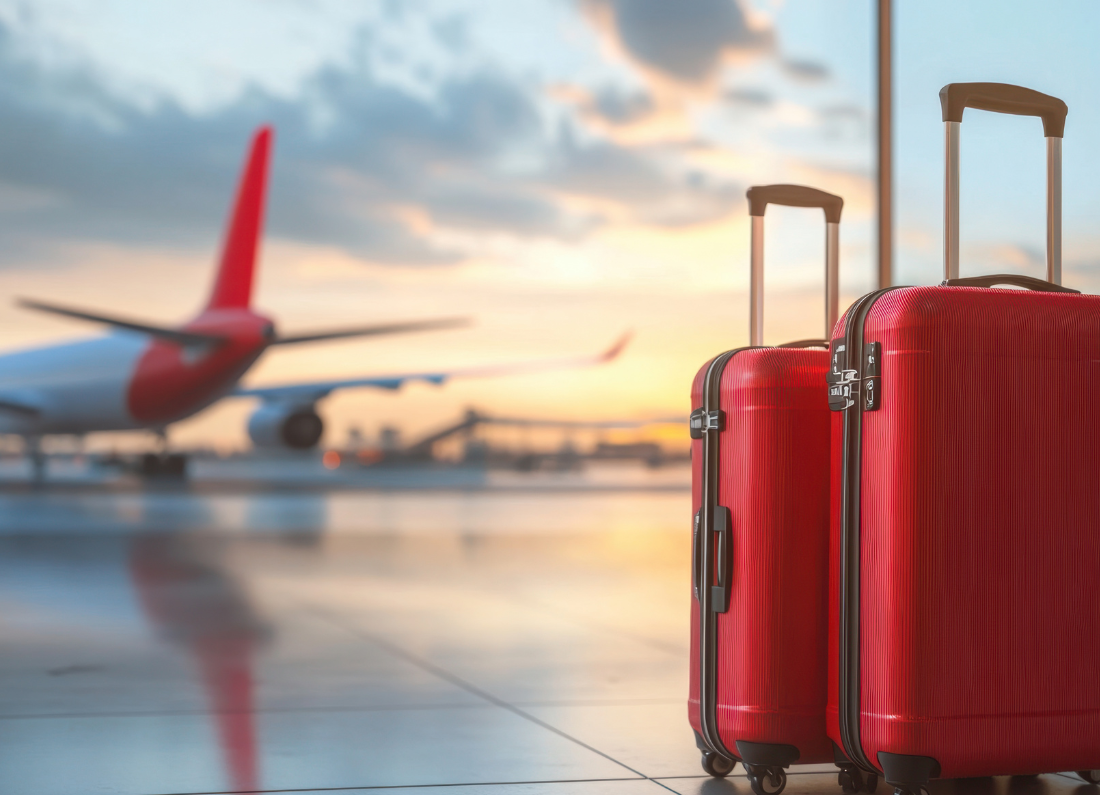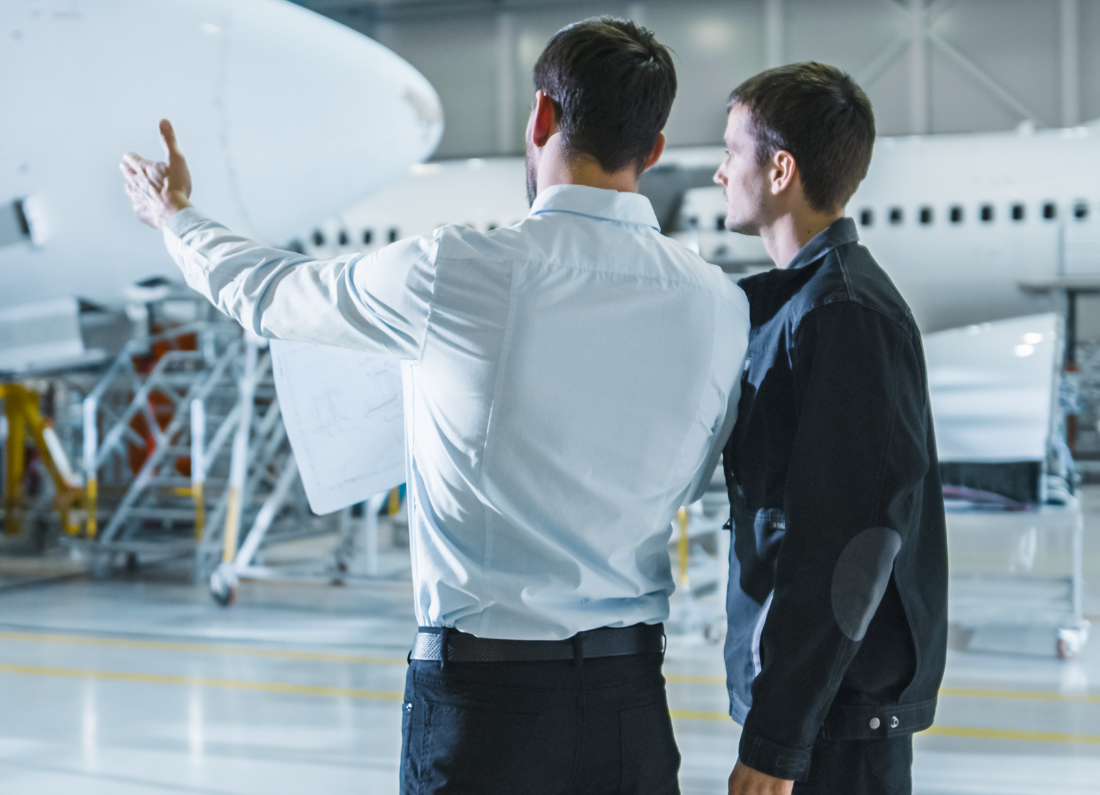In 2025, the Asian aviation industry finds itself at a pivotal juncture, marked by both tremendous growth and significant challenges. Passenger traffic is soaring to unprecedented levels, reflecting a robust recovery from past disruptions. Fleet expansions are underway as airlines strive to meet this rising demand, allowing for a more extensive range of routes and improved services. Airports, too, are bustling with activity, operating at full capacity and investing in modernization to accommodate the influx of travelers. However, beneath this vibrant surface lies a more intricate reality. The industry faces fierce competition, with airlines vying for market share in a crowded landscape. Additionally, policy changes are influencing operations, as governments implement new regulations to enhance safety and streamline air travel. Environmental sustainability has also taken center stage, prompting airlines to adopt eco-friendly practices and invest in greener technologies to meet growing public expectations and regulatory requirements. Moreover, the digital race is in full swing, as aviation stakeholders embrace technology to improve efficiency, enhance customer experience, and stay ahead in a rapidly evolving market. This dynamic environment presents both opportunities and challenges, shaping the future of Asian aviation in complex ways.
From Tokyo to Kuala Lumpur, Delhi to Jakarta, Asia is not just bouncing back — it’s redefining its leadership in global aviation.
The Numbers: Back to (Almost) Normal
According to the International Air Transport Association (IATA), the Asia-Pacific region has officially reclaimed its status as the world’s fastest-growing aviation market.
- Passenger traffic in Asia-Pacific reached 98% of 2019 levels by mid-2025
- Domestic travel in India, China, Indonesia, and Japan is exceeding pre-pandemic numbers
- International travel is still stabilizing due to geopolitical and visa policy fluctuations
- Air cargo demand has normalized, with e-commerce and pharma logistics leading growth
Major players like Singapore Airlines, ANA, and Cathay Pacific have returned to profitability. Meanwhile, emerging carriers in Vietnam, the Philippines, and Central Asia are expanding aggressively.
The Low-Cost and Super-Connector Renaissance
Low-cost carriers (LCCs) are dominating regional growth — especially in Southeast Asia and India.
- AirAsia, VietJet, IndiGo, and Scoot are aggressively expanding their narrowbody fleets
- New routes are connecting second-tier cities, opening fresh demand pools
- Hybrid models are emerging offering premium add-ons while keeping base fares low
Meanwhile, super-connectors like Singapore Airlines, Qatar Airways, and Emirates are reinforcing Asia’s role as the bridge between the West and the East.
Airports: Bigger, Smarter, Greener
Asia’s airport infrastructure is booming:
- Changi Terminal 5 (Singapore) construction resumed 50M pax/year capacity
- Soekarno-Hatta Terminal 4 (Jakarta) to open by 2027
- New international airports underway in India (Noida), the Philippines (Bulacan), and Vietnam (Long Thanh)
- KLIA and Subang Airport (Malaysia) undergoing major transformation
- Focus on smart systems, biometric boarding, and digital retail
The new wave of airports is built with climate resilience, data integration, and commercial real estate in mind turning terminals into cities.
Fleet Trends: Efficiency is King
Airlines across Asia are modernising their fleets at pace.
- Airbus A321neo, A330neo, Boeing 787 Dreamliner, and 737 MAX dominate order books
- China’s COMAC C919 made its first international debut in Asia this year, with interest from Laos and Pakistan
- Emphasis on single-aisle, fuel-efficient aircraft to serve high-frequency, mid-range routes
Regional carriers are retiring older jets faster than expected, due to fuel efficiency, ESG pressure, and lower maintenance costs.
Sustainability: High Stakes, Slow Progress
Despite bold public targets, Asia is behind Europe in sustainable aviation fuel (SAF) adoption and emissions transparency.
Challenges include:
- High SAF cost and lack of supply
- Few tax incentives or carbon markets in Asia
- Inconsistent government mandates
However, signs of hope:
- Japan, Singapore, and Malaysia have SAF roadmaps
- Airport green certifications rising
- Electric and hybrid regional aircraft being trialed in China, South Korea, and India
Digital Transformation: AI in the Cockpit
Across Asia, digital tech is shaping the future of flying:
- AI-powered revenue management and predictive maintenance
- Facial recognition and contactless boarding
- Passenger personalization via apps and data-driven loyalty
- Autonomous airside vehicles in trials at airports in Seoul and Singapore
Yet, digital adoption is uneven. Low-cost carriers lead in customer-facing innovation, while legacy carriers struggle with legacy systems.
Risks on the Radar
Despite momentum, risks remain:
- Geopolitical tensions in East Asia could disrupt air corridors
- Pilot and technician shortages are growing especially in India, China, and ASEAN
- Overcapacity concerns in LCC markets (e.g., Vietnam, Thailand)
- Environmental activism and climate regulations could restrict growth by 2028–2030
Strategic agility not size will define winners.
Regional Outlook: The 3-Speed Asia
| Speed | Markets | Characteristics |
|---|---|---|
| Fast-Growing | India, Vietnam, Indonesia | Young population, domestic demand surge |
| Stabilizing | Malaysia, Thailand, Japan | Mature systems, cautious expansion |
| Rebuilding | China, Hong Kong, Myanmar | Policy shifts, geopolitical headwinds |
Asia’s aviation ecosystem has evolved into a diverse and dynamic landscape, necessitating customized strategies tailored to the specific needs of each market, rather than a one-size-fits-all approach to expansion. By 2025, the narrative of Asian aviation will be characterized by resilience, realignment, and reinvention. This vibrant region is teeming with demand for air travel, driven by rapid economic growth, increasing middle-class populations, and a surge in tourism and business travel. Additionally, Asia is at the forefront of innovation, from the integration of advanced technologies in aviation to the development of sustainable practices that address environmental concerns. However, the industry faces significant challenges, including a shortage of skilled talent, the need for sustainable operations, and the complexities of navigating regulatory environments across different countries. These hurdles require strategic foresight and adaptability from all stakeholders involved. For airlines, airports, regulators, and investors, the skies in Asia offer vast opportunities for growth and collaboration. Yet, the path to success will only be paved by those who are not only bold and strategic in their decisions but also intelligent in their approach and committed to green practices that promote sustainability. Only by addressing these critical factors can they truly reach the heights of achievement in this thriving industry.












